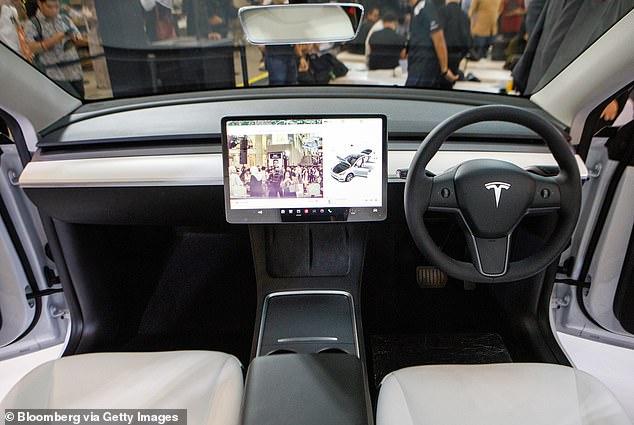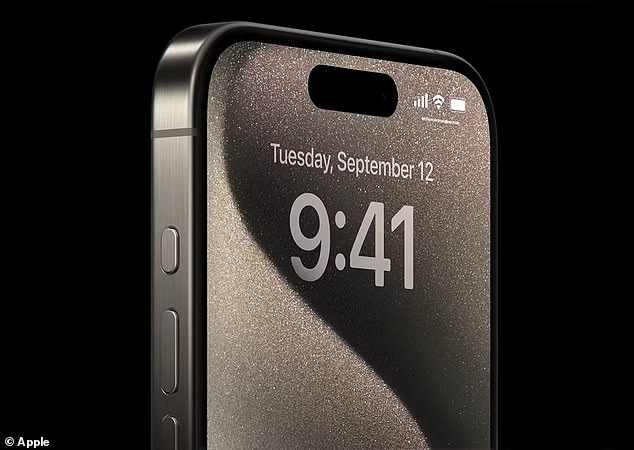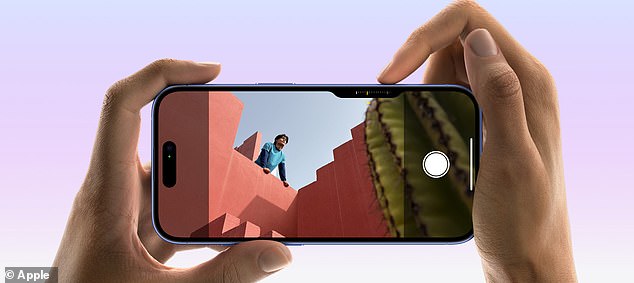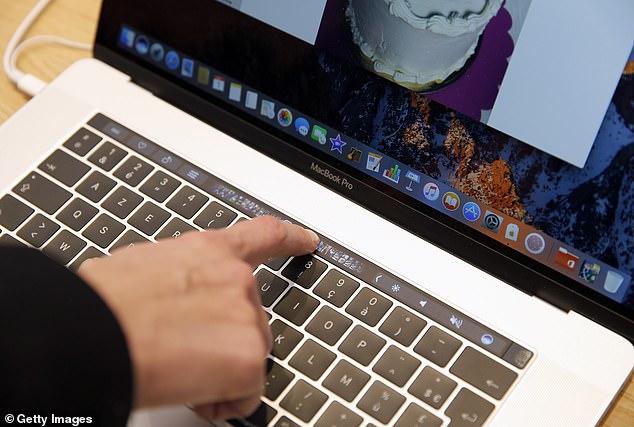Tech and car firms including Apple are bringing back old-fashioned feature to gadgets and cars that customers love
Technology and automotive companies are ditching touchscreens and bringing back physical buttons to their products.
Despite more and more touchscreens being built into devices for years, some of the world’s largest tech companies are going back to basics.
For many who adopted the touch screen, the transformation may have been seen as their assimilation into modern technology.
However, experts have hinted that the adoption of touchscreens was more cost-related than any other factor.
Companies like BMW and Volkswagen are moving to implementing buttons instead of touchscreens that distract the driver’s attention

Tesla is one of the main manufacturers that still has full control via the touchscreen interface, which experts say is a “major distraction.”
CEO of Copper, Sam Calisch, sad: ‘Now that touchscreens are the cheapest option, they are being used everywhere, even in places where they don’t belong,’ reported the Wall Street Journal.
The touch screen has many versatile applications, but is often located in places where it can easily fail, such as induction cooktops with touch controls.
The design change to touch screens also brought with it the ‘slim’ designs seen in high-tech items such as Apple.

Apple is known for their sleek design; the iPhone has several buttons that are almost as flat as the side of the phone

On touchscreen hobs, users found the process difficult after the touch buttons malfunctioned, often due to pans boiling over
This also brought its own problems, even if buttons were present on a device; these were often as flat and inconspicuous as possible. This means that even though they were cheaper to produce, these buttons often did not recognize being pressed or stick easily.
However, this switch was not only caused by interference errors, but also by safety concerns. Touch screens in cars, while versatile, require much more attention than buttons and dials.
Cars like Tesla’s got a complete touchscreen experience, with all controls functioning through the screen interface.
An abundance of customer complaints, according to the WJhas caused companies to rethink their designs.
In fact, the European New Car Assessment Program has stated that to achieve the highest five-star safety level, a vehicle must be equipped with buttons.
Their director of strategic development, Matthew Avery, shared The edge: ‘The overuse of touchscreens is an industry-wide problem, with almost every car manufacturer moving key controls to central touchscreens, forcing drivers to take their eyes off the road and increasing the risk of distracted crashes.’
Companies like Volkswagen have said they are bringing back physical controls to features like climate control after customer complaints.
In 2022 an op-ed in the New York Times by Jay Capsian Kang, Touchscreens in cars solve a problem we didn’t havesaid: ‘I can’t think of a better way to describe the frustration of the modern consumer than buying a car with a feature that makes you less safe, doesn’t improve your driving experience in any meaningful way, saves the manufacturer money and is sold to you as a necessary advancement in connectivity.”
BMW is also working with physical controls for their MINIs, aiming for complete control without the driver having to take their eyes off the road.
Their head of product and marketing at MINI USA, Patrick McKenna, has said that these features include a scroll wheel on the steering wheel and access to controls via a voice assistant.

With the new ‘action’ button and camera controls, Apple is moving away from ‘do-it-all’ touchscreens. Their new controls aim to improve the user experience with controls on the side of the phone

Apple switched their touch bar back to functional keys on MacBook Pros in 2021
One of these companies switching back to old-school features is Apple, who announced a new action button and a touch bar for camera controls in their latest iPhone 16 release.
Apple also returned the old physical function keys of their MacBook Pro in 2021, after upgrading to a touch bar, the WSJ reports.
The company said the physical keys “brought back the familiar, tactical feel of mechanical keys that professional users love.”
